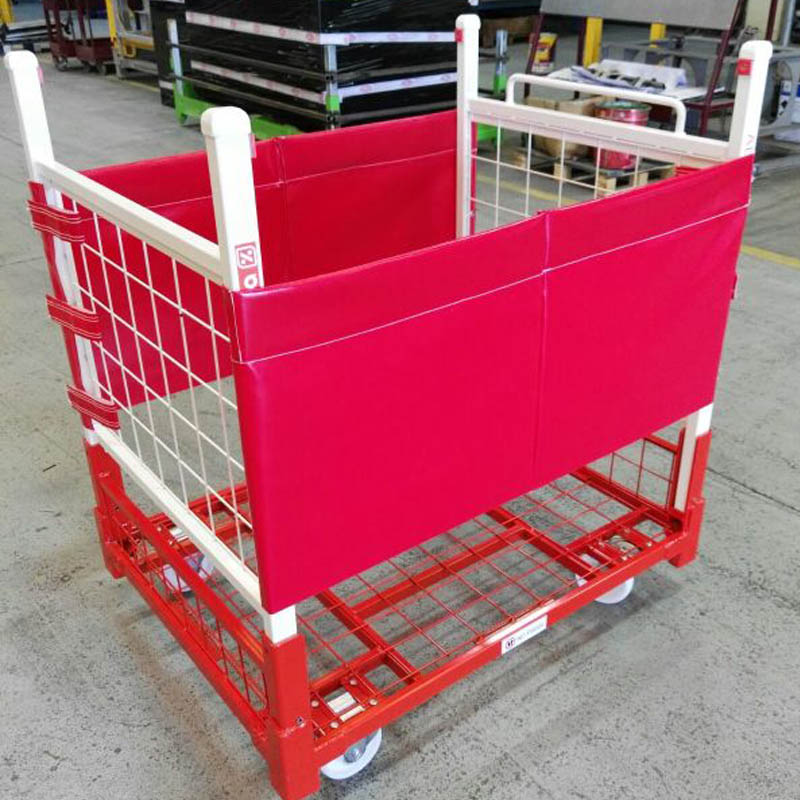
- Mobile Phone
- +8613931874955
- sales@cntcmetal.com
Improving Field Fencing Techniques for Enhanced Agricultural Security and Efficiency
The Importance and Functionality of Field Fences
Field fences are an essential component in agricultural practices and land management. They serve multiple purposes that go beyond simple livestock containment. Understanding the significance of field fences can help landowners and farmers make informed decisions about their property and resource management.
At its core, a field fence is designed to create a boundary that delineates one area from another. This boundary is crucial for managing livestock, protecting crops, and maintaining the integrity of the land. For farmers, field fences prevent animals from straying away from designated areas, minimizing the risk of livestock accidents on roads or encroachment onto neighboring properties. Such precautions not only safeguard the animals but also the surrounding ecosystem and agricultural operations.
Moreover, field fences provide security. In rural areas where properties may be vast and isolated, a sturdy fence can deter trespassers and protect against theft or vandalism. This sense of security promotes a peaceful environment for both livestock and landowners, ensuring that their investment is well protected.
Another significant function of field fences is their role in crop protection
. Certain types of fences, such as barbed wire or electrified fencing, can keep out wildlife that may otherwise damage crops. Animals such as deer, rabbits, and other herbivores often pose a threat to agricultural yields. By employing effective fencing strategies, farmers can protect their hard work and investment in crops, leading to better harvests and increased profitability.field fence

Environmental considerations also come into play with the installation of field fences. When designed and maintained properly, these fences can aid in the preservation of local ecosystems. For instance, they can help direct animal movement and prevent overgrazing in specific areas, which can lead to soil degradation and loss of vegetation. Furthermore, specific fence designs can create wildlife corridors to help maintain biodiversity while still serving agricultural needs.
Field fences also foster proper land management practices. By clearly outlining boundaries, they facilitate better organization of land usage, making it easier for farmers to rotate crops or manage grazing schedules. This organization can lead to improved soil health and sustainable farming practices, which are increasingly important in the context of rising environmental awareness and climate change.
In addition to their practical functions, field fences have cultural and aesthetic significance. They can serve as markers of property lines and reflect the history and heritage of the land. For many rural communities, the design and construction of fences can be a point of pride, showcasing craftsmanship and local materials.
Moreover, with advances in technology and fencing materials, field fences are becoming more efficient and easier to maintain. Modern fencing options include high-tensile wire, synthetic materials, and innovative designs that improve durability and performance. Farmers and landowners are now able to choose solutions that are not only practical but also cost-effective and environmentally friendly.
In conclusion, field fences play a vital role in agriculture and land management. Their multifunctional purpose—ranging from livestock containment to crop protection and environmental conservation—makes them an invaluable asset to farmers and landowners alike. Investing in quality fencing solutions not only secures productive land but also contributes to sustainable agricultural practices, making it essential for rural progress and ecological balance. As we continue to navigate the challenges of modern farming, the importance of thoughtfully designed field fences will undoubtedly remain paramount.
share:
-
Why Sacrificial Formwork Is Redefining Underground ConstructionNewsJun.06,2025
-
The Structural Dynamics of Modern Concrete: How Snake Spacers Revolutionize Flexible ReinforcementNewsJun.06,2025
-
Snake Spacers Smart-Lock Concrete Reinforcement with Surgical PrecisionNewsJun.06,2025
-
Snake Spacers: Reinforcement Precision for Modern Concrete ProjectsNewsJun.06,2025
-
Snake Spacers Powering Concrete's Structural DNANewsJun.06,2025
-
Slither into Success: Snake Spacers' Precision Bite for Unbreakable ReinforcementNewsJun.06,2025
-
Sacrificial Formwork: Building Stronger, Faster, and Safer StructuresNewsJun.06,2025



















